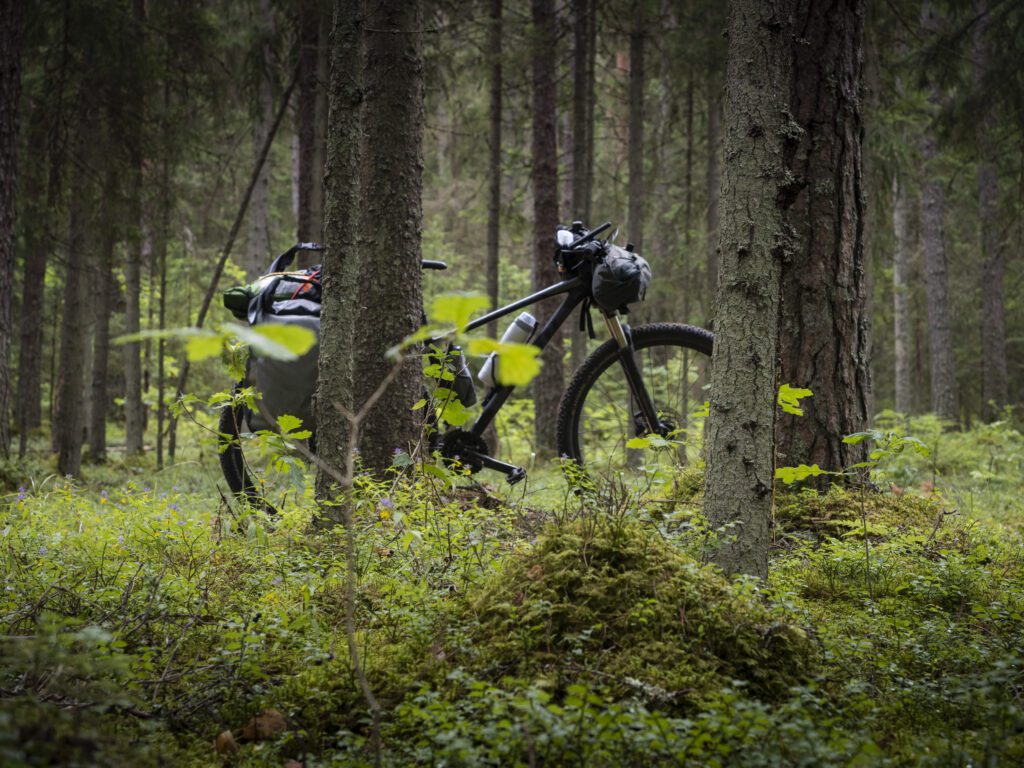Zawsze wydawało mi się, że jazda rowerem przez Łotwę będzie nudna. Zakładałam, że krajobrazy będą w sumie takie jak w północnej Polsce: mnóstwo lasów, jezior i piaszczyste plaże nad Bałtykiem. Okazało się jednak, że się myliłam.
Po kilku dniach pedałowania po kompletnie płaskim wybrzeżu Estoniiróżnorodność krajobrazu po przekroczeniu granicy z Łotwą zszokowała mnie. Park Narodowy Gauja, z piaskowcowymi klifami i wijącą się rzeką był prawdziwą oazą spokoju. Ludzie byli serdeczni, a jedzenie przepyszne. Gdyby nie było komarów, określiłabym Łotwę mianem letniej idylli.

Łotwa rowerem - dla kogo?
Położona niejako na peryferiach Europy, Łotwa często umyka wielu turystom. Kraj ten jest jednak świetnym miejscem dla turystów rowerowych niezależnie od sprawności fizycznej, doświadczenia i zainteresowań.
Większość tras rowerowych na Łotwie jest dość płaska. Nie znaczy to jednak, że miłośnicy kolarstwa górskiego i żądni przygód doświadczeni rowerzyści nie mają czego tam szukać.
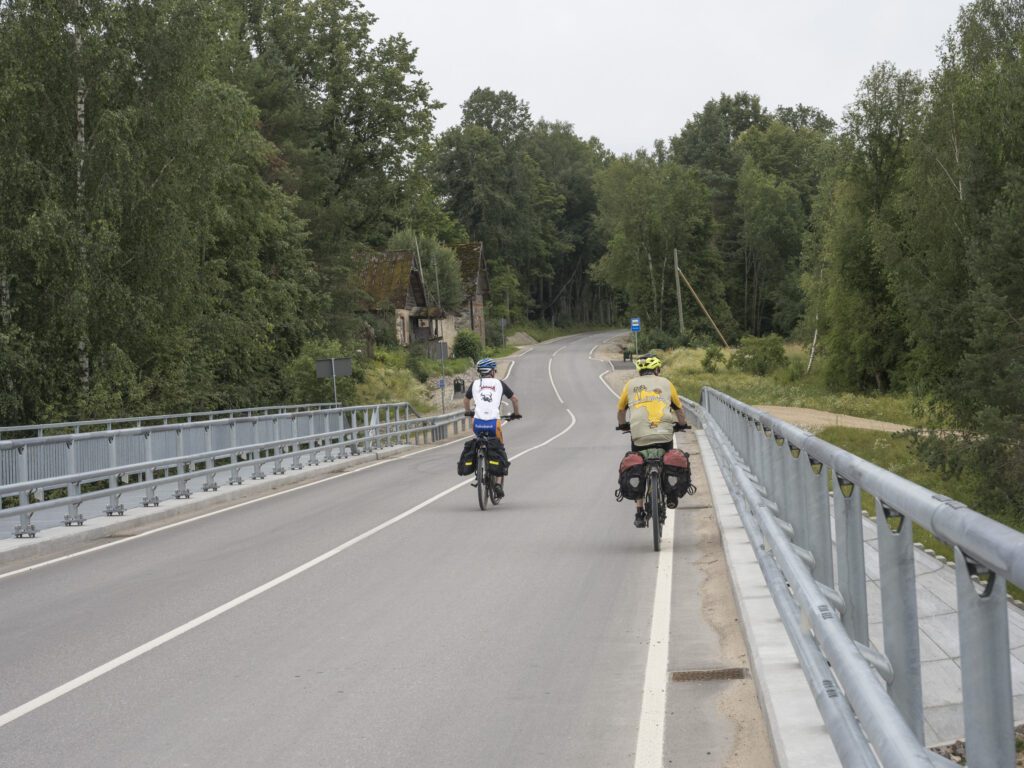
Łotwa to wspaniałe miejsce dla miłośników przyrody, którzy w tym małym kraju znajdą aż cztery parki narodowe a także liczne zaciszne miejsca na biwak pod namiotem w niekończących się lasach. Także miłośnicy historii nie będą zawiedzeni, w szczególności ci zainteresowani historią najnowszą i dziedzictwem Związku Radzieckiego.
Podczas gdy upały czynią jazdę rowerem na południu Europy wręcz nieznośną, łagodniejszy klimat Łotwy sprawia, że w lipcu i sierpniu temperatury z reguły są tam nadal całkiem przyjemne.
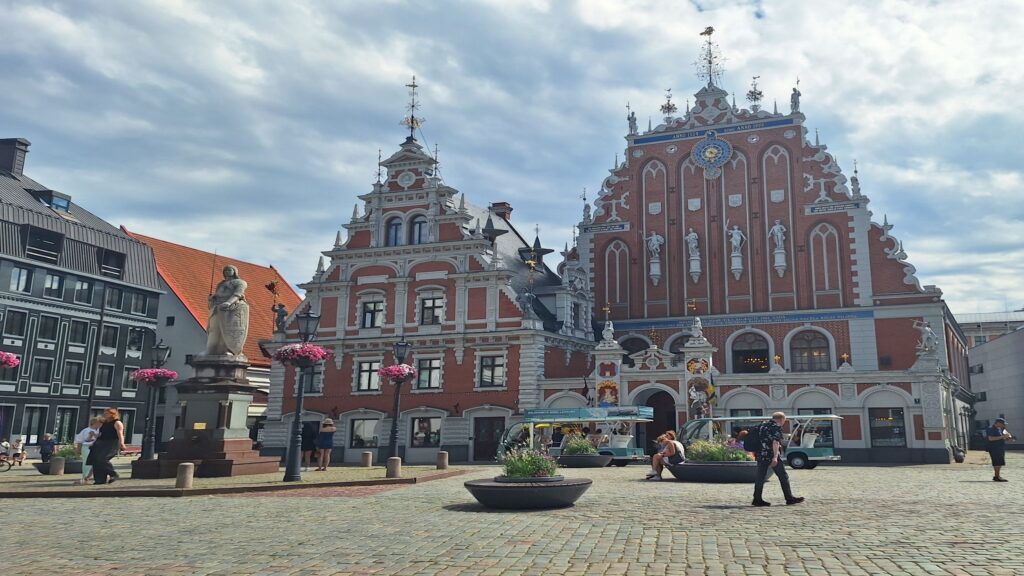
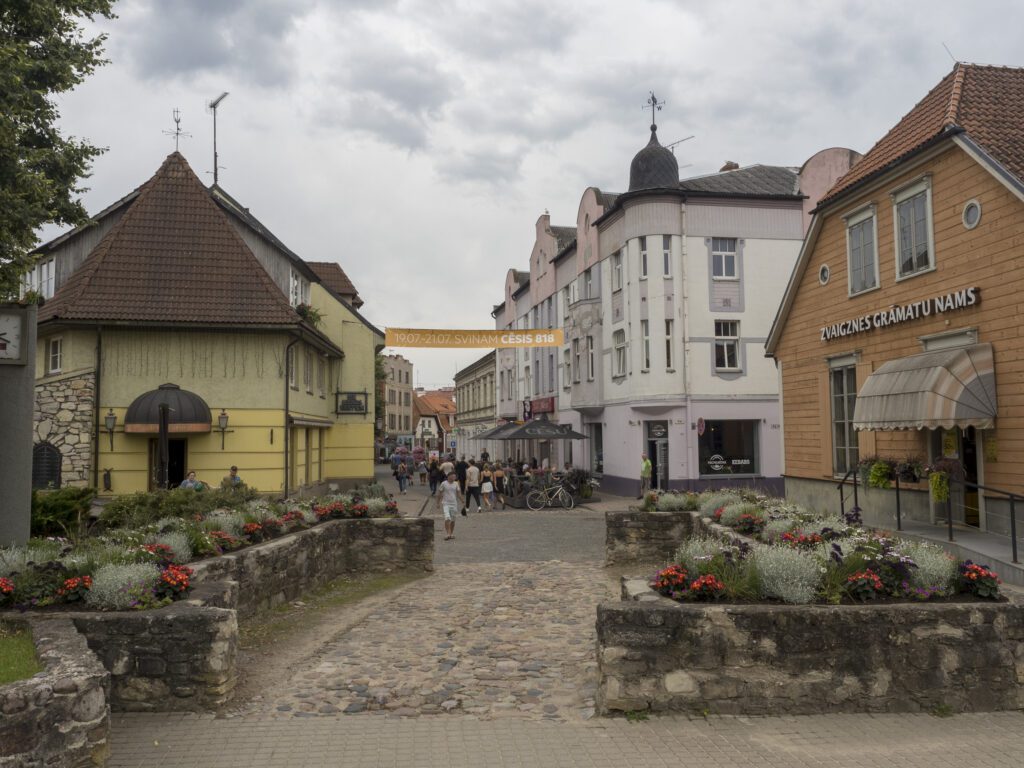
Najlepsze trasy rowerowe na Łotwie
Trasy Eurovelo na Łotwie
Eurovelo 10 (Szlak Bałtycki))
Jedną z najpopularniejszych tras rowerowych na Łotwie jest Bałtycki Szlak Eurovelo (Eurovelo 10). Trasa prowadzi wzdłuż malowniczego wybrzeża Zatoki Ryskiej i pośród pięknych krajobrazów Kurlandii. Jazda nią to idealny przepis na letnią przygodę, podczas których możesz połączyć podróż na dwóch kółkach z odpoczynkiem na przestronnych piaszczystych plażach.
Na Szlaku Bałtyckim nie ma wielu przewyższeń, dzięki czemu jest to idealna trasa dla większości rowerzystów, niezależnie od poziomu sprawności fizycznej.
Część tej trasy jest jednak nadal w budowie, co oznacza, że czasami prowadzi ona dość ruchliwymi drogami.
Długość: 680 km
Eurovelo 13 (Szlak Żelaznej Kurtyny)
Innym szlakiem Eurovelo na Łotwie jest Szlak Żelaznej Kurtyny (EV 13). W dużej mierze pokrywa się on z Szlakiem Bałtyckim. Obie trasy przejeżdżają przez Rygę i popularny nadmorski kurort Jurmala. Trasa ta przypadnie do gustu fanom najnowszej historii, którzy mogą po drodze zobaczyć pozostałości wojskowej infrastruktury Związku Radzieckiego, takie jak Wojskowe Więzienie Karosta czy radziecką bazę wojskową w Mežgarciems.
Co ciekawe, w południowej części Eurovelo 13 przebiega bliżej wybrzeża Bałtyku niż Szlak Bałtycki, co pozwala skrócić nieco trasę, np. w okolicy Kuldīgi.
Długość: 550 km
Eurovelo 11 (Szlak Europy Wschodniej)
Podróże na Łotwie to nie tylko jazda wzdłuż wybrzeża. Jeśli szukasz innych krajobrazów, wybierz Eurovelo 11, która zabierze cię wgłąb kraju.
Po drodze możesz odwiedzić historyczne miasta Siguldę i Cesi. W Parku Narodowym Gauja doświadczysz z kolei ciszy i spokoju. Możesz też popływać w jednym ze stu jezior w regionie Latgale.
Długość: 660 km
Park Narodowy Gauja
Po kilku dniach na płaskim jak naleśnik wybrzeżu Estonii, zatęskniłam za jakimiś górkami. Otworzyłam więc Google Maps i włączyłam widok satelitarny, szukając inspiracji w regionie.
Na chybił trafił kliknęłam na Park Narodowy Gaujai od razu wiedziałam, że to właśnie tam muszę ruszyć. Następnego dnia wsiadłam w pociąg z Tallinna do Valgi na granicy z Łotwą i stamtąd ruszyłam na południe.
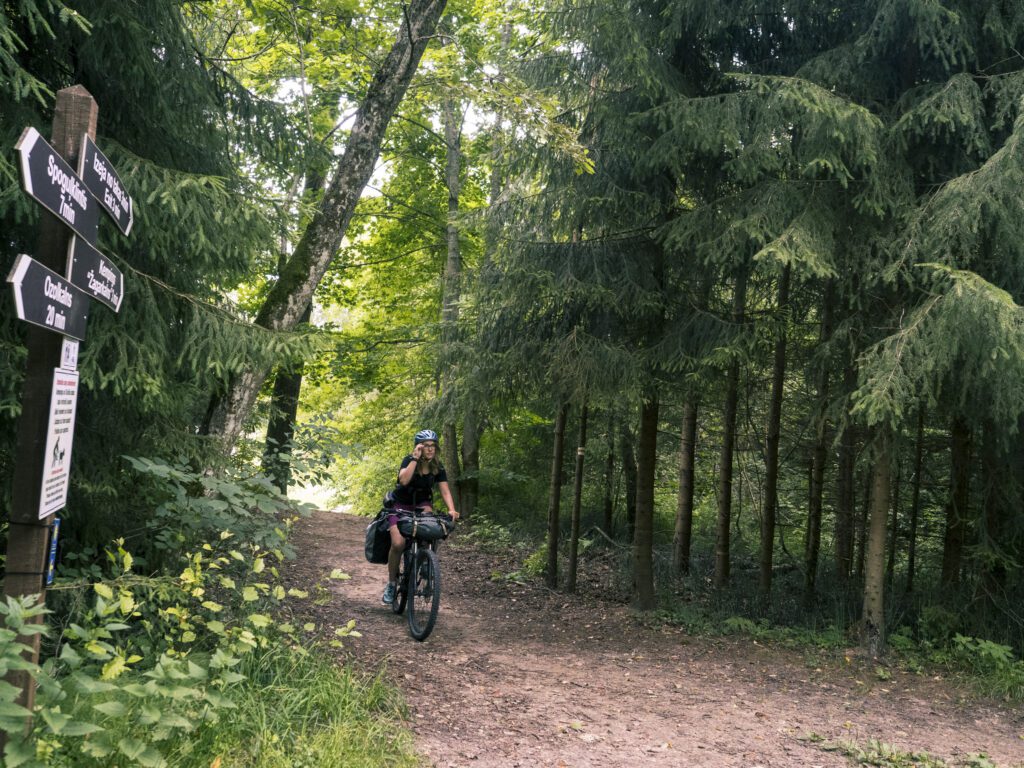
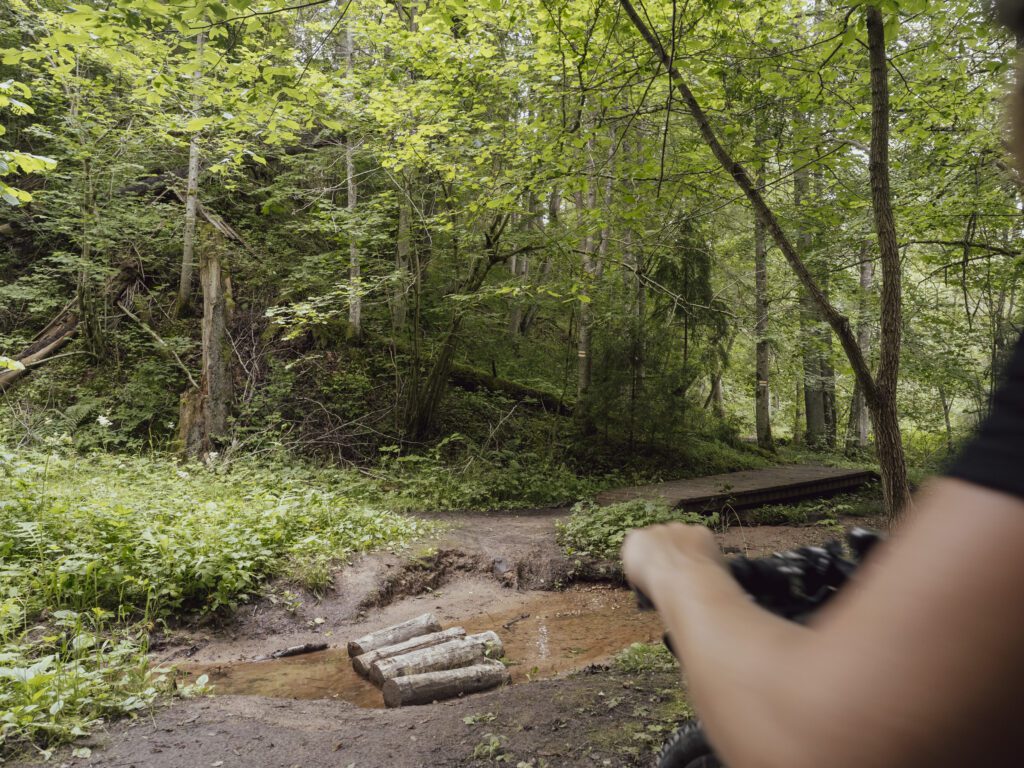
Park Narodowy Gauja to największy i najstarszy park narodowy na Łotwie, który obejmuje tereny dookoła rzeki Gauja. Piaskowcowe klify, tajemnicze jaskinie i gęste zielone lasy tworzą idealny plac zabaw dla rowerzystów, którzy lubią zboczyć z ubitego szlaku i szukają kontaktu z naturą.
W parku znajduje się także mnóstwo klimatycznych szlaków pieszych, z drewnianymi kładkami przecinającymi bagna i mokradła. Jeśli szukasz odmiany od roweru, możesz też wybrać się na wycieczkę kajakiem na rzece Gauja.
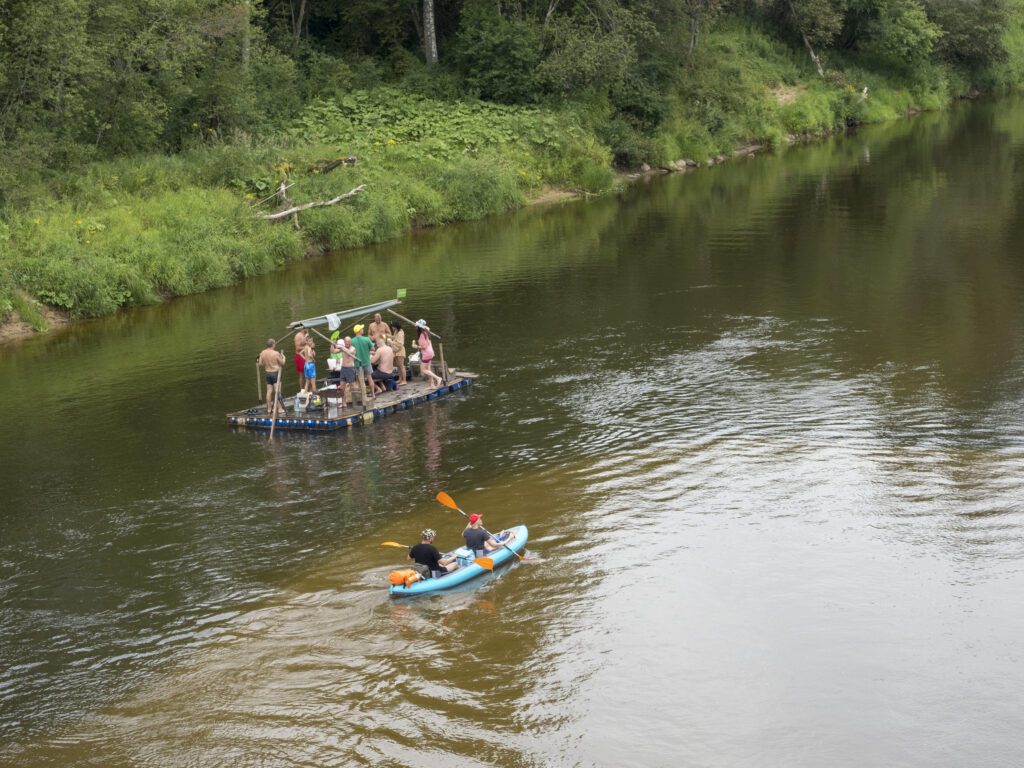
Poniższa trasa to dokładny ślad mojej podróży. Przygotuj się na nieco wąskich ścieżek i sporo podjazdów. Moim ulubionym był długi podjazd na Ziedinkalns, wspaniały punkt widokowy w Siguldzie.
Długość: 186 km
Drogi zielone
Drogi zielone to trasy rowerowe wytyczone na dawnych liniach kolejowych. Na Łotwie często prowadzą one przez spokojne lasy i relaksujące krajobrazy. Przez większość czasu jedzie się drogami szutrowymi, których nawierzchnia nie zawsze jest idealna, ale przynajmniej można pedałować w spokoju, z dala od samochodów. Szlaki te zazwyczaj są też oznakowane.
Tour de LatEst
Po przekroczeniu granicy estońsko-łotewskiej w Valce trafiłam na tablicę informacyjną z mapą trasy Tour de LatEst. Przykuła ona moją uwagę i od razu po powrocie do domu postanowiłam się dowiedzieć czegoś więcej na temat tej 1075-kilometrowej trasy łączącej Łotwę i Estonię, by sprawdzić, czy nadaje się ona na moją następną wycieczkę po krajach bałtyckich.
Niestety, oficjalna strona projektu wygląda na przestarzałą i od dawna nie aktualizowaną a linki do plików GPX i map w formacie PDF nie działają.
Podczas ostatniej wycieczki przez kilkanaście kilometrów jechałam tą trasą na północy Łotwy. Moje wrażenia były jednak mało pozytywne. Ot, główna droga, ni to bezpieczna, ni to ciekawa.
Z tego co widziałam w aplikacji mapy.cz, trasa jest też niedokończona. W niektórych miejscach musisz na własną rękę nawigować, by dotrzeć od jednego fragmentu do drugiego.
Długość: 1075 km
Łotwa rowerem - informacje praktyczne
Jak dojechać na Łotwę z rowerem?
Autobusem
Z Polski na Łotwę można dojechać autobusem. Linia Lux Express oferuje przewozy z Warszawy do Rygi (więcej informacji znajdziesz tutaj). Autokary są wygodne a przewóz roweru bezpłatny (rower podróżuje w luku bagażowym i nie trzeba go rozkręcać).
Inną opcją jest podróż Flixbusem. Przewoźnik ten oferuje bezpośrednie połączenia z Warszawy do Rygi. Od 1. listopada do 28. lutego autobusy nie są jednak wyposażone w bagażniki na rowery.
Z mojego doświadczenia, obu przewoźników oferuje przyzwoitą jakość usług, jednak podróż Lux Expressem była nieco szybsza i wygodniejsza.
Pociągiem
Istnieje bezpośrednie połączenie z Wilna do Rygi, a na pokładzie pociągu dozwolony jest przewóz rowerów. Trasa ta jest jednak bardzo popularna w okresie letnim, warto więc zarezerwować miejsce na rower z wyprzedzeniem.
Do Wilna można z kolei bezpośrednio dojechać pociągiem z Warszawy i Krakowa.
Za parę lat podróż do krajów bałtyckich będzie o wiele łatwiejsza, ze względu na nową linię kolejową Rail Baltica , która ma połączyć wszystkie kraje bałtyckie i Warszawę.
Samolotem
Port lotniczy w Rydze ma bezpośrednie połączenia z Warszawy, Gdańska i Krakowa.
Podróżując łotweskimi liniami Air Balticmożesz uniknąć pakowania roweru do torby czy kartonu. Na niektórych lotniskach wystarczy spuścić powietrze z kół, odwrócić kierownicę i odkręcić pedały. Opłata za przewóz roweru linią Air Baltic wynosi 44,99 euro.
Wypożyczalnie rowerów na Łotwie
Riga Bicycle oferuje wypożyczenie rowerów trekkingowych za 10 euro dziennie (w przypadku dłuższego okresu wypożyczenia można liczyć na zniżki).
Bike Tours Riga ma podobny cennik. W ich ofercie znajdziesz też rowery elektryczne o zasięgu do 85 km.
Jeśli wolisz rower górski, możesz go wynająć za 15 euro dziennie w Gandrs Rent.
Ukształtowanie terenu
With its highest point (Gaizinkalns Hill) only 311,5 metres above sea level, Latvia is one of the flattest countries in Europe, making it a perfect cycling destination for beginners.
If you don’t like climbs, you’ll be pleased cycling along the Latvian coast.
Cyclists looking for more varied terrain should head inland, where they will find dense forests, wild wetlands, and even some decent climbs, especially in areas such as the Vidzeme Upland or the Gauja National Park.
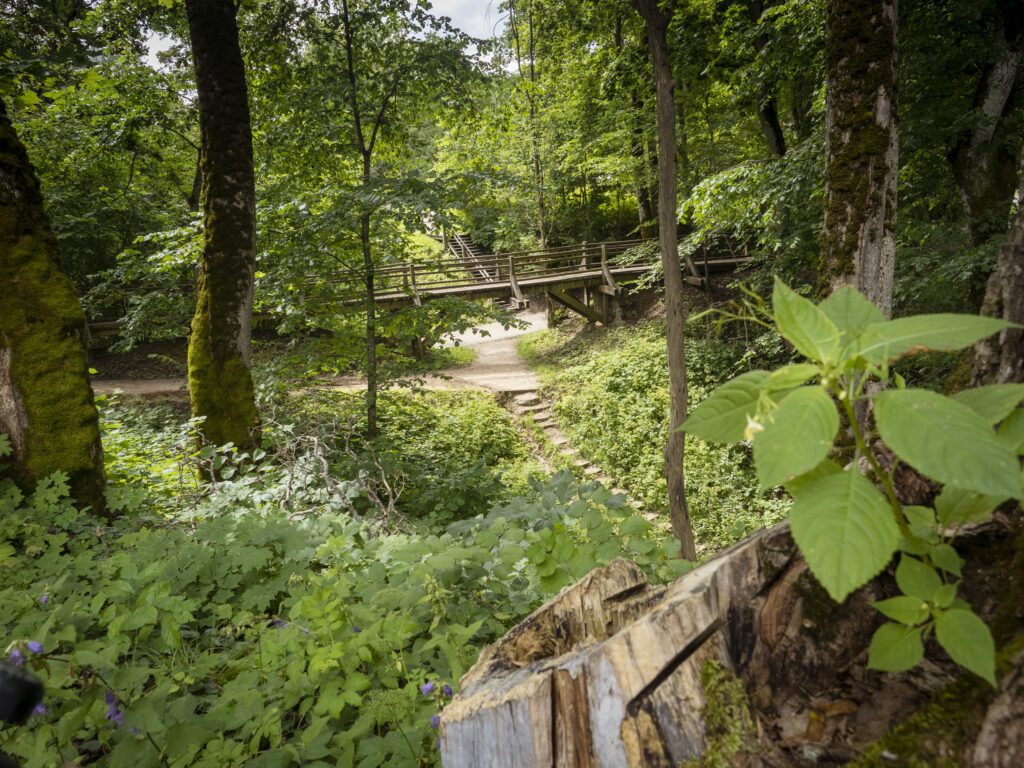
Drogi rowerowe i bezpieczeństwo na drogach
While Latvia is a quickly developing cycling destination, the infrastructure still needs to be improved. You’ll find separate bicycle lanes in larger cities, such as Riga and Sigulda. Outside of them, you’ll often have to share the road with other traffic participants.
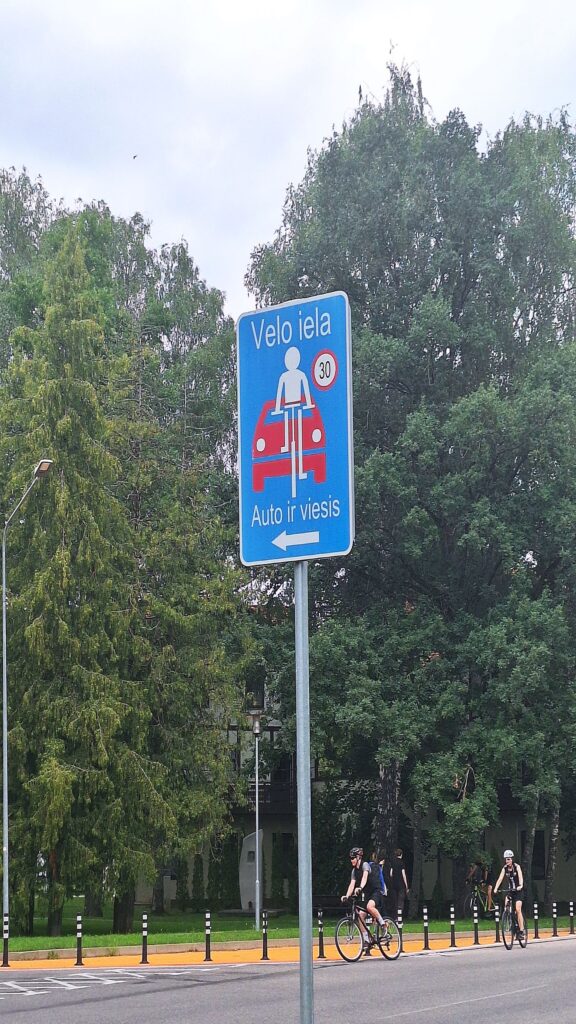
The roads often have no shoulder, and drivers like to speed. Still, luckily, there are many secondary roads with little motorised traffic.
Many bicycle routes also lead through forest dirt roads where you might need wider tyres.
Rower w łotewskich pociągach
Możesz zabrać rower do większości pociągów w Łotwie. Większość z nich wyposażona jest w wagony z wieszakami na rowery, ale rower można zabrać też do pociągu bez takiego wagonu (max. 5 rowerów na wagon).
Obowiązkowy jest zakup biletu na rower. Możesz nabyć go online. Znajdź interesujące cię połączenie, kliknij buy, i oprócz biletu dla pasażera wybierz bilet na bagaż. Ceny są dość przystępne - zazwyczaj około 2 euro.
Więcej informacji na temat przewozu rowerem pociągami łotewskimi znajdziesz tutaj.
Kiedy najlepiej wybrać się na rower na Łotwie?
The best time for a bicycle tour in Latvia is between May and October. Summers are mostly sunny with occasional heavy rains and thunderstorms, especially in the afternoon. The perfect time to cycle in Latvia is June and July when the days are long, and you can be out on a bike until 10 p.m.
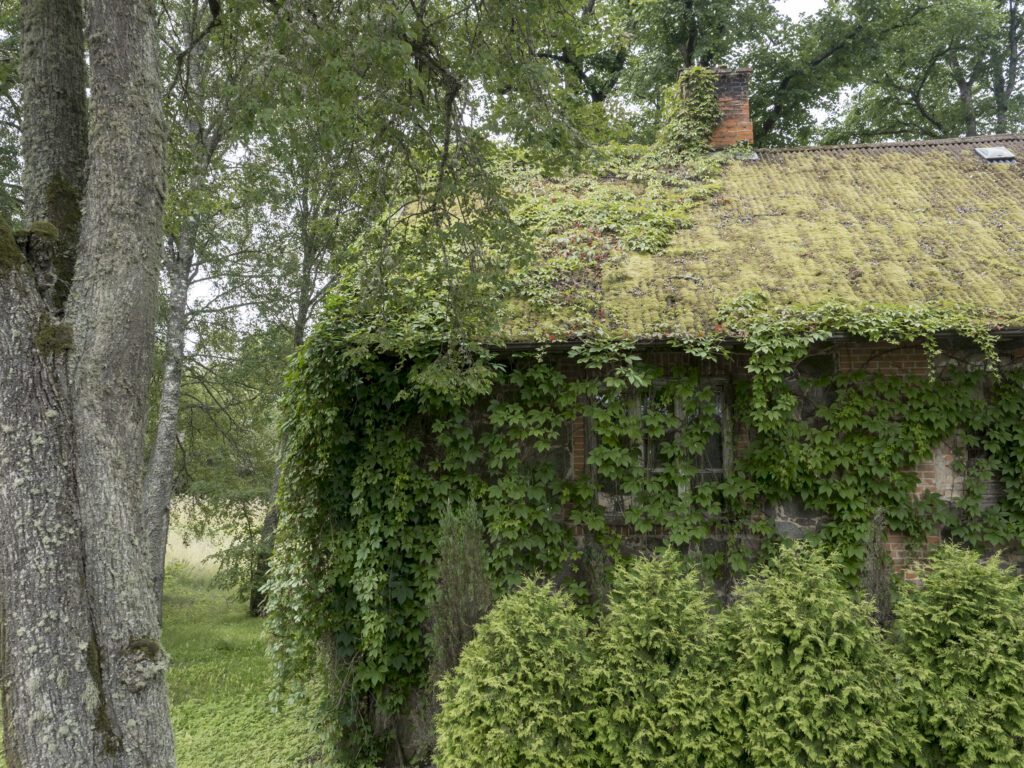
In Autumn, you’ll be awestruck by the blaze of colours, with the leaves turning red, orange, and yellow. However, the temperatures can drop significantly, especially at night, so bring a warm sleeping bag if you’re camping.
Latvia is pretty far up north, and winters can be very snowy and cold.
Camping
Ustawa o lasach na Łotwie precyzuje, że każdy ma prawo do pobytu i swobodnego przemieszczania się w państwowych i gminnych lasach o ile inne przepisy i regulacje tego nie zabraniają. That means wild camping in Latvia is legal, except for private property and nature protection areas (marked with signs with an oak leaf).
Across the country, there are plenty of recreation areas where you can pitch your tent for free. These areas have pit toilets, tables, and sometimes a shelter.
You can find them in the Dabas Turisms app:
You will also easily find affordable campsites with access to showers and toilets. For example, in the Gauja National Park, I stayed at camping Zagarkaln and paid just 8 euros per night.
I usually use Park4night i iOverlander apps to find a place to camp.
Noclegi
The prices for hotels and guesthouses in Latvia are lower than in Western Europe. A budget room for two people costs 30-40 euros.
There are also plenty of hostels in Riga, with prices for a dorm bed starting at 13 euros.
Woda i jedzenie
Tap water in Latvia is safe to drink.
The distances between towns and villages are never very long, so you don’t have to carry an extra food and water supply. You’ll be able to restock at grocery stores frequently. Most shops are open on Sundays.
If you’re looking for a perfect local snack for a long day on a bike, you should try Pīrāgi – a savoury pastry usually filled with bacon.
Latvian cuisine offers plenty of tasty vegetarian options, such as Kartupeļu pankūkas (potato pancakes) or Aukstā Zupa (cold beet soup—perfect for a hot summer day!).
Pieniądze
The currency in Latvia is the euro. Many restaurants and shops accept card payments, and the ATM network is pretty dense. However, you should still carry some cash, especially to pay for campsites and small guesthouses.
Język
Latvian is the official language. English is widely spoken among the younger generation but not among the older people. Knowing some Russian will be very handy, as most of the people who grew up during the Soviet era spoke it.
Źródła
- Map of cycle routes in Latvia (including routes for commuting, touring and sport cycling)
Need travel insurance for your trip to Latvia? Check out Safety Wing!
